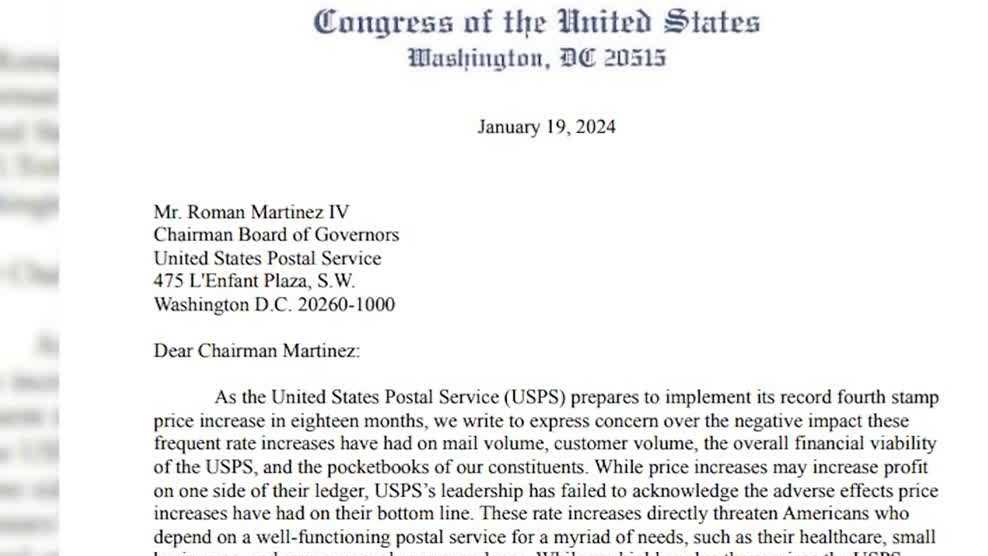Understanding Elevated Stock Market Valuations: Insights From BofA

Table of Contents
BofA's Perspective on Current Market Valuations
BofA's assessment of current stock market valuations is nuanced. While acknowledging the historically high levels of certain valuation metrics, they don't necessarily label the market as a bubble, but rather as operating within a range of elevated valuations justified by certain underlying factors. This perspective is not a blanket endorsement of current prices, however, but rather a cautious analysis of the contributing factors.
- Key Arguments: BofA supports its assessment by pointing to the persistent low interest rate environment, strong corporate earnings (at least for certain sectors), and continued investor confidence. They also highlight the role of technological innovation driving growth in specific segments of the market.
- Metrics Used: BofA utilizes a range of metrics in its analysis, including the widely followed Price-to-Earnings (P/E) ratio, the cyclically adjusted price-to-earnings ratio (Shiller PE), and other forward-looking earnings estimates. These provide a multi-faceted view of market valuation.
- Warnings and Cautions: Despite their assessment, BofA issues cautions. They emphasize the vulnerability of these elevated valuations to shifts in interest rates, unexpected economic slowdowns, and potential inflationary pressures. They stress the importance of careful portfolio management and risk diversification.
Factors Contributing to Elevated Stock Market Valuations
Several macroeconomic factors are contributing to the elevated stock market valuations we observe today. Understanding these is key to grasping the full picture.
- Low Interest Rates and Monetary Policy: Ultra-low interest rates, a consequence of quantitative easing (QE) and other stimulative monetary policies implemented globally, have reduced the attractiveness of traditional fixed-income investments like bonds. This has pushed investors towards riskier assets like stocks, increasing demand and driving up prices.
- Strong Corporate Earnings Growth (and Expectations): While not uniform across all sectors, many companies have reported strong earnings, fueled by technological innovation and robust consumer demand (in some sectors). This positive outlook has bolstered investor confidence and further supported higher stock prices.
- Increased Investor Confidence and Risk Appetite: A sustained period of economic growth (before recent inflationary concerns) and low volatility encouraged investors to take on more risk, pushing valuations higher. This was fueled by low interest rates and the belief in continued economic expansion.
- Technological Advancements: Breakthroughs in technology have created significant growth opportunities for certain companies, driving their valuations to exceptionally high levels. These companies are often considered the leaders of future economic growth.
The Impact of Low Interest Rates
Low interest rates directly impact bond yields, making them less attractive compared to the potential returns offered by stocks, even at elevated valuations. This is because lower bond yields reduce the opportunity cost of investing in higher-risk, higher-return assets like stocks. BofA's research frequently highlights this dynamic, showing a strong negative correlation between bond yields and stock valuations in certain market environments. For example, [Insert hypothetical data point referencing a BofA report if available, e.g., "BofA's Q3 2023 report indicated a 0.8 inverse correlation between the 10-year Treasury yield and the S&P 500 valuation during the period"].
Potential Risks Associated with High Valuations
While the current market may seem robust, investing in a highly valued market carries inherent risks:
- Market Corrections and Crashes: Elevated valuations increase the market's sensitivity to negative news or unforeseen events. This raises the probability of sharp market corrections or even a more substantial crash.
- Reduced Future Returns: High valuations imply lower potential for future returns compared to investing when valuations are lower. The potential for significant capital appreciation diminishes as prices rise.
- Inflationary Erosion: Inflation erodes purchasing power, and high inflation can significantly impact the real return on investments. This is a particular concern when valuations are already stretched.
- Rising Interest Rates: A rise in interest rates can significantly impact stock valuations. Higher rates increase the attractiveness of bonds, drawing investment away from equities and potentially leading to price declines.
BofA's Investment Strategies for Navigating Elevated Valuations
BofA recommends a cautious, diversified approach for investors in the current environment:
- Diversification: Spread investments across different asset classes (stocks, bonds, real estate, etc.) and sectors to reduce the impact of any single market downturn. This is a cornerstone of mitigating risk.
- Sector-Specific Recommendations: BofA's analysts often provide sector-specific recommendations based on their outlook for different industries. They might suggest favoring sectors with strong growth potential and less sensitivity to interest rate changes.
- Portfolio Risk Management: Actively manage portfolio risk by monitoring valuations, adjusting asset allocation as needed, and potentially using hedging strategies to protect against market downturns.
- Long-Term vs. Short-Term Horizon: BofA typically advises a long-term investment horizon for most investors. This reduces the impact of short-term market volatility.
Conclusion
BofA's analysis reveals that while current stock market valuations are elevated, they are not necessarily unsustainable. However, several factors—low interest rates, strong (albeit uneven) corporate earnings, and investor sentiment—are contributing to these high prices. This makes the market vulnerable to shifts in interest rates, economic slowdowns, and increased inflation. BofA's recommended strategies emphasize diversification, active risk management, and a long-term investment outlook to navigate these complexities. Understanding elevated stock market valuations is crucial for making informed investment decisions. Stay informed about BofA's ongoing analysis and adjust your investment strategy accordingly to navigate the complexities of the current market. Learn more about BofA's market insights and develop a robust strategy for managing your investments in this environment of elevated stock market valuations.

Featured Posts
-
 The Role Of Tax Credits In Attracting Film And Tv To Minnesota
Apr 29, 2025
The Role Of Tax Credits In Attracting Film And Tv To Minnesota
Apr 29, 2025 -
 Parita Sul Posto Di Lavoro Piccoli Passi Avanti Grandi Sfide Da Affrontare
Apr 29, 2025
Parita Sul Posto Di Lavoro Piccoli Passi Avanti Grandi Sfide Da Affrontare
Apr 29, 2025 -
 Transparency Concerns Raised Over Usps Mail Delays In Louisville
Apr 29, 2025
Transparency Concerns Raised Over Usps Mail Delays In Louisville
Apr 29, 2025 -
 New Willie Nelson Album Celebrating 92 Years With Solo Release Number 77
Apr 29, 2025
New Willie Nelson Album Celebrating 92 Years With Solo Release Number 77
Apr 29, 2025 -
 Nightclub Raid Cnn Releases Video Of Over 100 Immigrant Detentions
Apr 29, 2025
Nightclub Raid Cnn Releases Video Of Over 100 Immigrant Detentions
Apr 29, 2025
